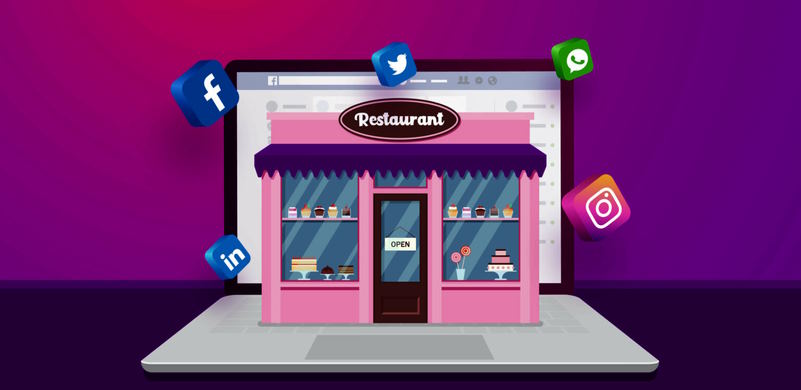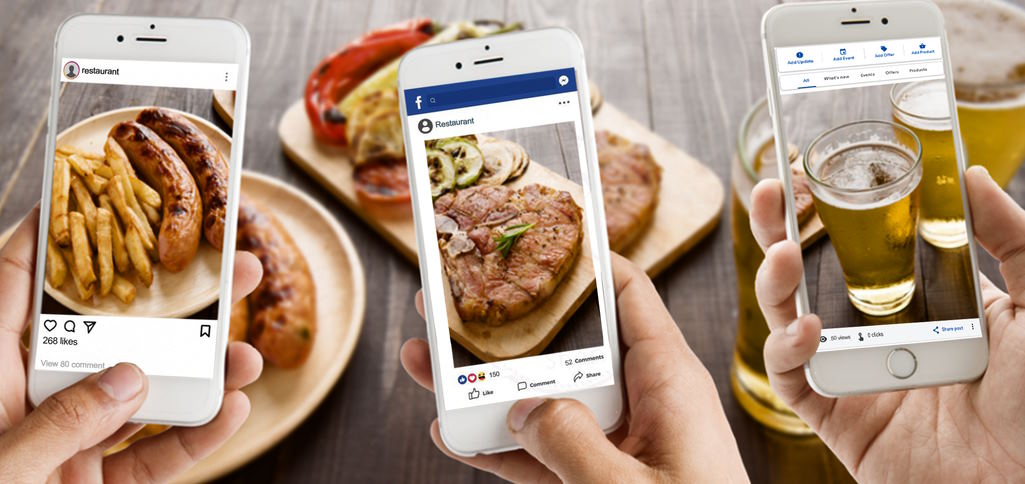In today’s digital age, social media has become a powerful tool for restaurant business development, allowing restaurants to showcase their unique offerings, engage with their customers, and drive more foot traffic and online orders. But with the ever-evolving landscape of social media platforms and strategies, it’s crucial for restaurants to have an effective plan in place to maximize their social media presence and achieve their business goals. Whether you’re a small local eatery or a trendy restaurant chain, this article will provide you with practical insights and actionable tips to leverage the power of social media and take your restaurant business to new heights. Let’s dive in!
Building an Effective Social Media Strategy
To make the most out of social media for your restaurant business, it’s crucial to have a well-defined strategy in place. Here are some key elements to consider when building an effective social media strategy:
- Identifying target audience and setting goals: Understanding your target audience is essential to create content that resonates with them. Research and analyze your target audience’s demographics, preferences, and online behavior. Set clear and measurable goals, such as increasing brand awareness, driving website traffic, or boosting online orders.
- Choosing the right social media platforms for the restaurant: Not all social media platforms are created equal, and each has its own strengths and user demographics. Choose the platforms that align with your target audience and business goals. For example, Instagram and Facebook may be ideal for visual content, while Twitter or LinkedIn may be more suited for B2B or professional networking.
- Creating a content plan and posting schedule: Develop a content plan that aligns with your restaurant’s brand identity and values. Create a posting schedule that ensures consistent and timely content delivery. Plan ahead for special events, promotions, and seasonal campaigns. Mix up your content with a variety of formats, such as images, videos, stories, and polls, to keep your audience engaged.

- Developing a consistent brand voice and style: Establish a consistent brand voice and style across all your social media channels. This includes the tone, language, and messaging used in your posts. Your brand voice and style should reflect your restaurant’s personality, values, and unique selling propositions.
- Implementing effective visual elements: Visuals play a crucial role in social media content. Use high-quality images and videos that showcase your restaurant’s food, drinks, ambiance, and staff. Invest in professional photography or create your own visually appealing content. Consistent visual elements can help you create a cohesive and recognizable brand image on social media.
- Incorporating customer engagement strategies: Social media is not just about broadcasting messages; it’s also about engaging with your audience. Incorporate customer engagement strategies, such as contests, polls, giveaways, and interactive posts. Encourage user-generated content and respond to comments, messages, and reviews promptly. Building a strong community and fostering meaningful interactions with your audience can lead to increased brand loyalty and customer advocacy.
Building a Loyal Community
Creating a loyal community of customers on social media can greatly benefit your restaurant business. Here are some key strategies to build a loyal community:
- Hosting social media-exclusive events, giveaways, and promotions: Host social media-exclusive events, giveaways, and promotions to reward and engage your community. Create enticing offers, exclusive discounts, or limited-time promotions for your social media followers. This can incentivize them to engage with your content, share your posts, and promote your restaurant to their own networks.
- Encouraging online reviews and managing negative feedback: Encourage your satisfied customers to leave positive reviews on popular review platforms such as Google, Yelp, or TripAdvisor. Respond graciously to both positive and negative reviews, and address any issues or concerns in a timely and professional manner. Show your commitment to customer satisfaction and willingness to improve, even in the face of negative feedback.
Measuring and Optimizing Social Media Performance
Measuring the performance of your social media efforts is crucial to ensure that your restaurant’s social media strategy is effective and aligned with your business goals. Here are some key practices for measuring and optimizing social media performance:
- Tracking key performance indicators (KPIs) to measure social media success: Identify the key performance indicators (KPIs) that are most relevant to your restaurant’s social media strategy. These may include metrics such as reach, engagement, website traffic, conversion rate, and revenue generated from social media. Set measurable goals and track these KPIs regularly to assess the success of your social media efforts.
- Analyzing engagement metrics, such as likes, comments, shares, and clicks: Engagement metrics provide insights into how well your content resonates with your audience. Monitor metrics such as likes, comments, shares, and clicks to understand which content performs well and resonates with your audience. Use this data to refine your content strategy and create more engaging posts.
- Monitoring sentiment and feedback to gain insights into customer preferences: Monitor sentiment and feedback on social media to understand how customers perceive your restaurant and its offerings. Analyze comments, mentions, and reviews to gain insights into customer preferences, pain points, and expectations. Use this feedback to tailor your content and offerings to better meet customer needs.
- Adjusting social media strategy based on data-driven insights: Regularly review and analyze the data collected from your social media performance to make data-driven decisions. Use the insights gained from tracking KPIs, engagement metrics, sentiment, and feedback to adjust your social media strategy as needed. Continuously optimize your content, posting schedule, and engagement strategies to align with your goals and customer preferences.






